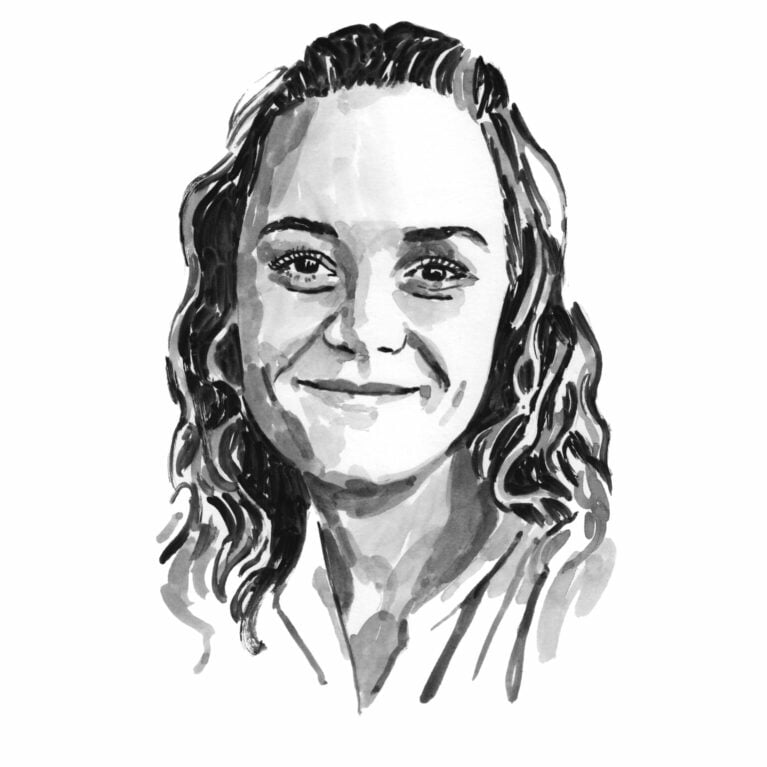Lotte Dahlmo

Who I am
I grew up in eastern Norway along the coast of the Oslo fjord and loved spending time in the water. When I was six, we went on a family vacation to Santorini in Greece, where I fell in love with dolphins. As I grew up, I became more interested in nature and biology, so I decided to pursue a Bachelor’s degree in environmental science with a focus on biology at the University of Bergen and moved to the west coast of Norway. I then continued with a Master’s degree in biodiversity, evolution and ecology at the same university. My choice for my Master’s thesis research was somewhat random and I found myself investigating the effects of hydropower on the behaviour of anadromous brown trout by using acoustic telemetry with the research group LFI at the Norwegian research institute, NORCE. While working on this project I realised how cool and fascinating fish are and how tracking methods enable researchers to study them in the wild, so I was very eager to continue down this path. I applied and was hired as the PhD student on a spiny dogfish tracking project LOST, which I have been working on since the end of 2022. I am also involved in various other tracking projects that the Bergen Telemetry Network leads.
Where I work
I live and work in Bergen, on Norway’s west coast. I moved to this port city nine years ago and love living here, surrounded by beautiful mountains and stunning fjords. The fjord system outside Bergen is highly intricate and complex, with a lot of different arms connected to each other. The fjords are sill fjords, which means that the water in their basins cannot be refreshed, resulting in poor oxygen levels at the lowest depths. And with climate change, warming surface waters and the presence of many fish farms, the oxygen situation in these fjords is becoming worse, which is why the main research question for my PhD project is to investigate the effects of low oxygen levels on spiny dogfish behaviour. A large part of Bergen’s fjord system is recognised as a UNESCO biosphere reserve, the Nordhordland Biosphere Reserve, and the only one located in Norway. But despite this, we know very little about the marine environment and all the fascinating species that inhabit our beautiful, steep-sided and often quite deep fjords – so that’s what my colleagues and I are working on.
What I do
I work mostly on my PhD project, which has involved tagging 82 spiny dogfish with acoustic transmitters to investigate their movements and behaviour in the fjords around Bergen. Now that we have completed most of the field work, I am currently busy with mostly data analysis and writing manuscripts. I am also working on several other tracking projects, including the tracking of thornback rays, Atlantic cod, pollock and other fish species, so at various times of the year I am out fishing or checking nets for fish to tag for our studies. I also go out to deploy new receivers and to download and maintain the receivers that are already in operation. Back at my desk, I spend time applying for new projects, analysing data and writing papers. I am also interested in science communication and enjoy creating illustrations, logos and figures for projects and presentations, as well as teaching materials for children.
